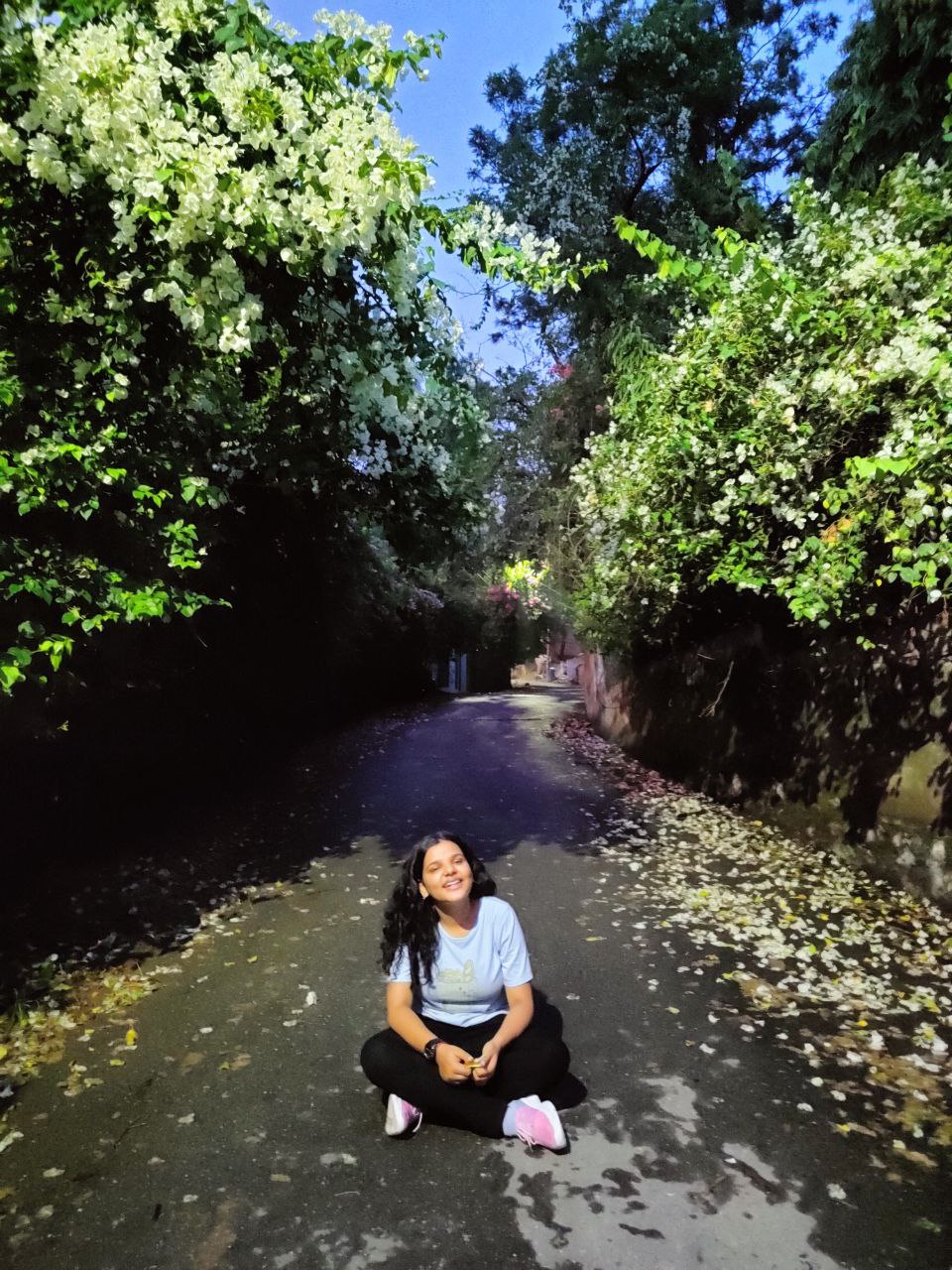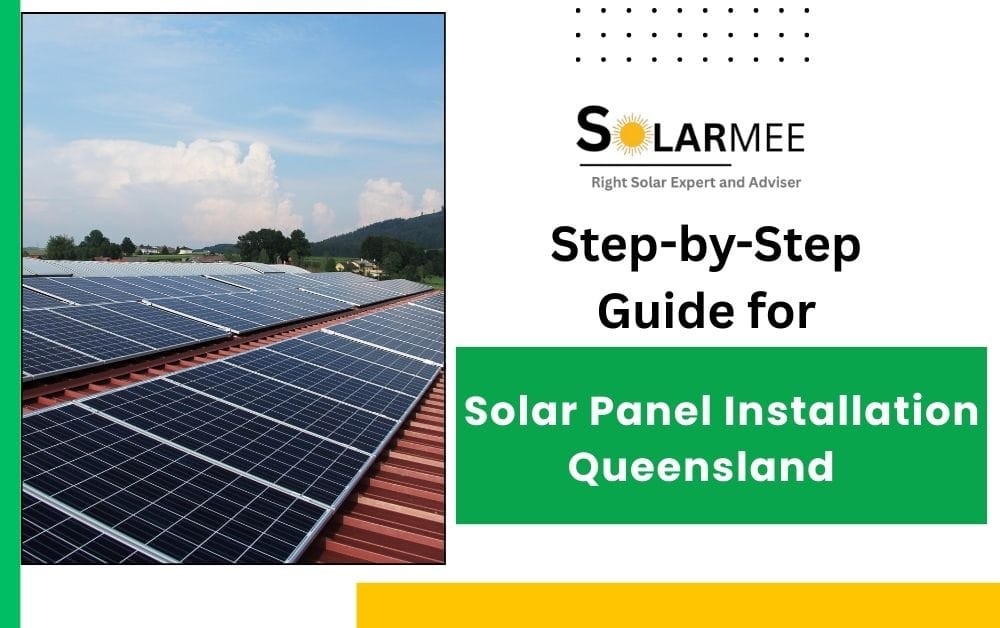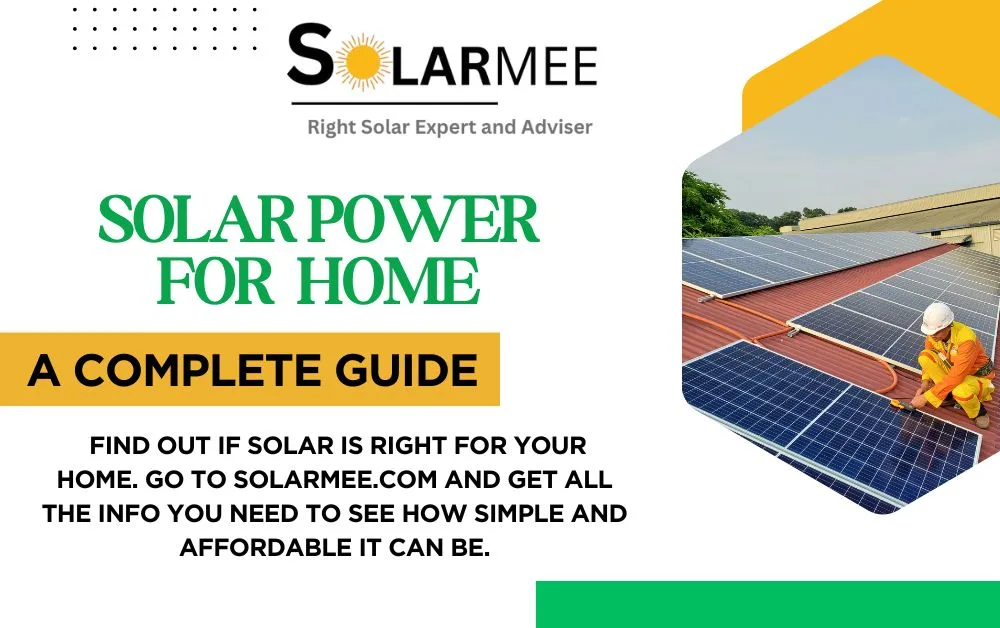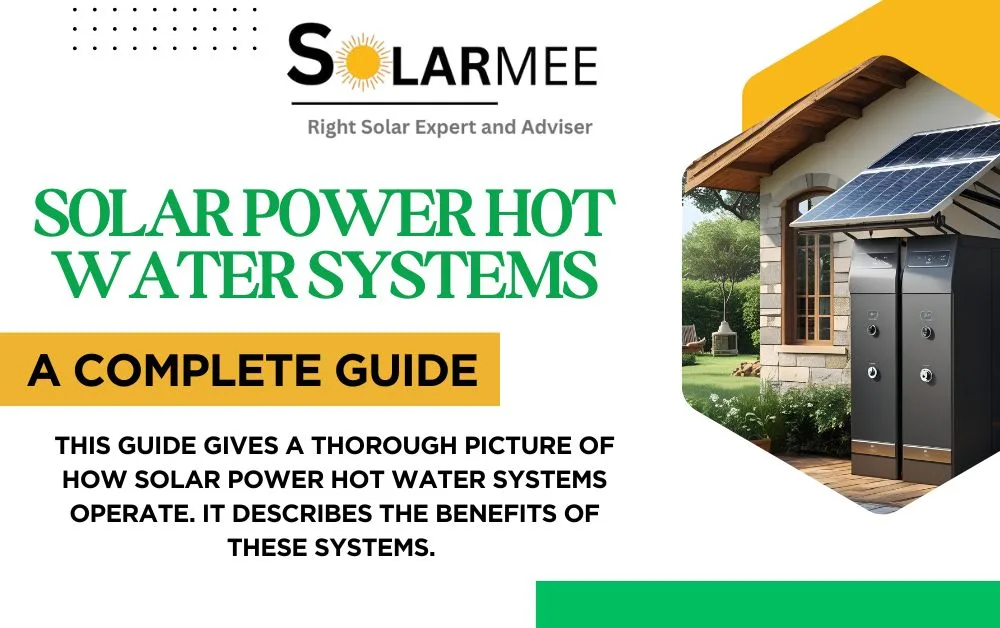The Solar panel installation in Queensland is popular. Solar energy is gaining more popularity as a way of saving money and bettering the environment. Quebec is one place where solar panels are installed because of the favourable sunshine there.
Solar panels are in demand for many homes and businesses. Due to such increased demand, many individuals are interested in the way solar panels should be installed. This guide will assist you in knowing how to install solar panels in Queensland. It also posts helpful hints and candid reviews to make the process easier.
This solar panel installation guide is the right one if you want to know how to get solar power to your home. It will discuss all that in plain language so that you can easily read through and get to know how to install solar panels in Queensland.
Why Solar Power is Booming in Queensland
Solar energy is increasing rapidly in Queensland, largely because there is much sunshine daily. This implies that solar panels can produce electricity and do it in high amounts. The government will assist by providing rebates and incentives to reduce the price of purchasing and installing solar panels.
Such programs render the solar systems more affordable to individuals. In addition, certain regulations permit homeowners to make money by reselling the additional electricity generated by their panels to the power company. This further renders solar more attractive.
Solar panels also enable individuals to pay less for electricity because they do not purchase electricity from the grid, but instead use the power of the sun. In addition to saving money, solar power prevents climate change and possesses non-polluting characteristics; therefore, it is ecologically harmless.
The majority of families and businesses in Queensland would wish to be more independent and not rely on the electricity companies only. Yes, solar panels in Queensland are worth it because of the favorable sunlight, cost savings, government funding, and environmental friendliness.
Also Read: Solar Power Government Rebate Australian Capital Territory (ACT)
Solar Panels Building Blocks
A solar panel installation is the practice of mounting solar panels on roof or the ground so as to tap the power of the sun and then converting the sunlight into electricity in order to be utilized either in businesses or homes.
Installation of solar panels begins by having the roof checked to ascertain whether it is strong and would not be shaded by trees and buildings. Next, these are installed on the roof using solar panels attached to a frame or mounts, and hooked up with wires to an inverter, which converts the energy in sunlight to usable electricity. Lastly, the system is put to the test to make sure that nothing goes wrong and that it is safe.
Solar panel setups are in two major categories: residential and commercial. Small residential solar panels are put on houses. Solar panels used commercially are far larger and mounted on factories or office buildings. They vary in size, power production, and installation complexity.
A few things to consider when installing solar panels are the roof: it must be strong and free of any cracks; shading: solar panels do not like being shaded, the panels should face the sun, and in Queensland, this would be to the north; finally, there is the orientation: the panels should face the sun, which ideally would be the north.
| Factor | Residential Installation | Commercial Installation |
| Size | Smaller (a few kW) | Much larger (tens to hundreds of kW) |
| Location | House rooftops | Office or factory rooftops |
| Complexity | Simple wiring, usually in one building | More complex wiring may spread across many roofs |
| Roof strength | The roof should be strong enough for the panels | The roof must be very strong, sometimes reinforced |
| Purpose | To power the home | To power businesses |
| Cost | Usually less expensive | More costly due to larger scale |
This tutorial describes the process of panel installation, the fundamentals of it, and what to look at on the roof before installing panels to ensure that they operate efficiently and last long. The knowledge of the process makes people make wise decisions concerning whether or not to install solar panels in their homes or businesses in Queensland.

Step-by-Step Solar Panel Installation Guide
Step 1: Site Assessment & Energy Audit
First, you see if the roof can even hold panels. Installers look at the slope, the direction, and whether trees or roofs cast shade. They might also measure how much sun hits the roof each day. At the same time, they may pull your electricity bill and note your daily usage. That gives an idea of how big a system you’ll need and how much power it should make.
Step 2: Choosing the Right Solar Panel
| Type | Efficiency | Cost | Best Use |
| Monocrystalline | High | Higher | Limited roof space, hot climates |
| Polycrystalline | Medium | Medium | Larger roofs, budget-friendly |
| Thin-film | Low | Cheaper | Flexible surfaces, but less efficient |
Most people would choose monocrystalline for their excellent performance in intense sun and warm temperatures if you were asking which solar panels are the greatest in Queensland.
Step 3: Designing the System & Getting Permits
After familiarizing yourself with the best solar panels to use in Queensland, the system is designed by the installer. This involves the determination of the panel count, selection of an inverter (to convert solar energy into usable electricity), and whether to have a battery backup. They also arrange permits and approvals from your local council and electricity company, and this is a significant legal action before work commences.
Step 4: Installing Mounts & Panels
The solar panel installation and roof fixing start with the repair of robust metal attached to your roof to support the panels. Panels in Queensland are most often positioned facing north to get the maximum sunlight on a day. Angles of the panels are adjusted in a way that they absorb the sun throughout the year. When the mounts are prepared, panels are then placed in the mount and fitted by locking to make them stable and long-lasting.
Step 5: Wiring & Inverter Connection
Next comes wiring. To install the panels safely, electric wires are installed to connect to the inverter. An inverter is commonly attached near your main power board. Risks are avoided by following such safety protocols as waterproofing and good grounding. The task of the inverter is to convert solar power into electricity that can be used by your home appliances.
Step 6: Grid Connection & Testing
Last but not least, the system is linked to the main power grid or the preferred battery storage. A licensed electrician inspects everything, and your system is inspected to ensure it is safe. Your panels begin to generate power when they are approved. Then you can have your meter spin in reverse when feeding electricity into the grid and reduce your power bills.
Costs of Solar Panel Installation in Queensland
Just in case you were wondering, the cost of solar power installations is below. This is a basic guide on the cost of solar installations in Queensland in 2025. Approximately $3,800 to 4400 is anticipated to be the price of a 3kW system. A 5kW system can be between 4,500 and 5,800.
In case you would like a larger 10kW system (suitable for large families or home-based businesses), it is between $7,000 and $8,900. These prices normally cover the panels, the inverter, the entire main equipment, and installation.
- What Changes the Price: The price can be increased or decreased by some things:
- Brand and type of panels: The better brands and more efficient panels are more expensive. The low-cost ones will lower the cost, although they might not last longer or generate the same amount of electricity.
- Installation firm: There may be an added cost of the installation firm due to the increased experience and warranties. Always compare quotes.
- Type of roof: Your roof may be too steep or even tiled, so the panels may require more effort (and a little more money) to fit than a plain metal roof.
- Location: Other remote places or unusual roof plans may also add a little to the overall cost.
- Tips to Save Money
Request at least three quotes from various installers in order to come up with an optimal price.
Enquire about government rebates (they are already incorporated into the majority of prices, but it is better to check this point).
Installing a system sized to suit your electricity consumption will save you more in the long run, hence you do not end up spending a lot initially.

Choosing the Best Solar Panels & Installers in Queensland
Most Queenslanders discussing the best solar panels mention such brands as Jinko, SunPower, REC, Trina, Canadian Solar, and newcomers such as Aiko. Such companies have popular panels which are known to work, have enduring durability, and good warranties. To illustrate this, the Maxeon panels by SunPower are superior in terms of efficiency and come with a 40-year warranty, meaning you can rest assured. Jinko and Trina are smart in terms of family budgets, as they give excellent performance at an affordable cost. Both REC and Aiko score well on installers’ polls and owner ratings, particularly when it comes to coping with heat and the sunny climate in Queensland.
| Brand | Efficiency | Warranty | Notes |
| SunPower | Very High | 40 years | Expensive but long-lasting |
| REC | High | 25 years | Excellent in coastal areas |
| Jinko | High | 25 years | Good value, well-known quality |
| Trina | High | 25 years | Reliable, great for big roofs |
| Canadian Solar | High | 25 years | Balanced price and performance |
| Aiko | Top Tier | 25 years | Rising star, great reviews |
These panels are known to be sturdy in the hot sun of Queensland, and most people prefer the upper-end models such as SunPower, REC, and Aiko. Jinko and Trina are also well-known brands so far, as there are many satisfied clients in the area.
Picking the Best Installer- Always choose an installer who is CEC-certified to achieve excellent results. The accreditation of Clean Energy Council (CEC) is considered a gold standard to solar experts; they can prove that they are well-trained and that they satisfy the stringent Australian standards. Ensure the installer has good feedback on serving customers, responsiveness, and clarification of your choices in simple, plain words.
The spatial Queensland firms such as Sunsol, ar Energy, Solarhart, and Solargain earn points in assisting, offering a reasonable price, and remediating any issue within a short period of time. Remember to enquire about sales support and installation warranty- you need a person who backs their work.
Maintenance, Insurance & Lifespan of Solar Panels
Solar panels in Queensland are actually pretty easy to take care of, and when it is done well, they will have a long, healthy life. Keeping clean is best–when the dirt and dust, the droppings of birds, or even the salt air get musty, the panels do not work as well and produce less electricity. They usually demand a gentle clean with soaps and a light brush at least once or twice a year. They might require cleaning a little more often if you live near the coast, trees, or dusty roads. It is not a bad idea to keep away hard cleaners or brushes that can scratch the glass, lowering the performance.
Habitually checking your panels is an excellent idea. Beware of cracks, damaged wires, or objects that,t could block the light, such as fallen branches. Having unexplained drops or damage to the quantity of power that you are receiving, then it is advisable to call a solar pro.
A majority of solar panels have a 20-25 year warranty, although they tend to continue operating effectively even after that, albeit with reduced efficiency, say 80-90 percent of the starting power, 25 years later. They may also live 25 to 30 years or longer, provided that they are cleaned and inspected regularly. All you have to remember is that the inverter (box which converts solar power into usable energy) may require a replacement sooner, approximately after 10-12 years.
In regard to insurance, Queensland solar panels are generally insured by home building insurance, provided they are permanently affixed to the roof, as in most solar panels installed on homes. It is always intelligent to inform your insurer upon installation of them to ensure that your policy is current. Should a hailstorm or an accident destroy your panels, insurance can be used to cover repairs/ replacement.
Then make your panels clean, take a glance at them every so often, and inform your insurance company when they are on your roof. In such a manner, you never stop saving on the sun!
Also Read: Step-by-Step Guide for Solar Panel Installation in New South Wales
Conclusion
This tutorial on solar panel installation demonstrated to you the entire procedure step by step, including checking your roof and energy consumption, choosing the correct panels, system design, obtaining permits, and lastly, installation, wiring, and linking it to the grid. Solar power is not related only to bill reduction but also to a more sustainable way of living and long-term usage of clean energy.
The amount of saved money might be enormous over time, and your house might also grow in value. The most intelligent step that you can take is to discuss with a reputable professional installer first before deciding to switch. They can survey your home’s requirements and come up with the appropriate system so that you achieve maximum output from your solar expedition.

“Hi, I’m Ishita ,a content writer who loves turning ideas into engaging stories. I specialize in writing blogs, articles, and website content that connects with readers. Over the past few years, I’ve worked with startups and companies to create clear, creative, and impactful content. When I’m not writing, you’ll usually find me reading or exploring new ideas for my research. This website is my space to share my work and connect with people who value quality writing.”




